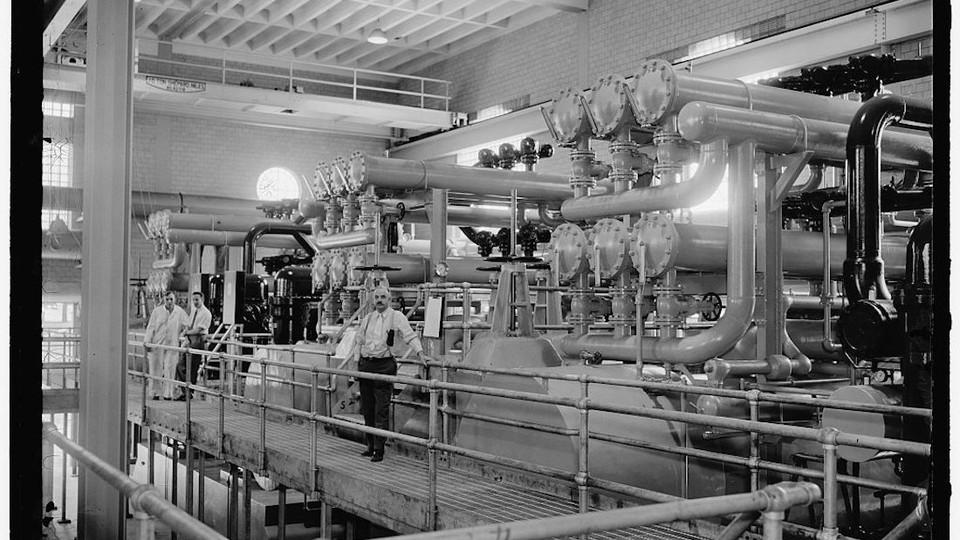Air conditioners (AC) have revolutionized our lives by making blazing summers tolerable and offering comfort in a variety of settings. The creative innovators who committed their time and talent to develop cooling technologies that have revolutionized the globe are responsible for this modern-day luxury. In this blog, we will look at the lives and accomplishments of these visionary pioneers who helped to shape contemporary cooling.
Before Air Conditioners: Life in the Heat
Life was difficult during the hot months before the air conditioners. To produce an illusion of circulation, people had to rely on natural ventilation, such as open windows and fans. Even this modest reprieve was difficult to come by in areas with excessive humidity, like in the southern United States. Heat waves were especially unpleasant, reducing productivity and overall well-being. Businesses, schools, and households battled to find relief from the extreme heat, resulting in decreased efficiency and discomfort for individuals.
The Invention of Air Conditioning: A Breakthrough in Cooling Technology
Willis Carrier’s pioneering work paved the way for the birth of air conditioning. While working for a Brooklyn-based printing firm in 1902, Carrier invented the first modern air conditioning system. His idea aimed to regulate humidity levels in the printing environment to minimize paper expansion and ink misalignment. Carrier’s invention involves cycling air via coils that were chilled with cooled water, allowing for good temperature and humidity control. This breakthrough brought in contemporary air conditioning, providing the groundwork for the development of cooling systems that we now rely on.
Nikola Tesla: The Innovator and Visionary
Nikola Tesla, who is most known for his contributions to electrical engineering, was also instrumental in the early development of air conditioning. Tesla’s work on the Tesla coil, a high-voltage resonant transformer circuit, was crucial in laying the framework for alternating current (AC) power systems. While Tesla’s primary focus was not air conditioning, his electrical technology discoveries indirectly led to the improvement of cooling systems.
Stuart Cramer: Pioneer of Humidity Control
Stuart Cramer, a textile engineer, saw the need for humidity regulation in production environments. Cramer’s innovation did not entail temperature control, but it did provide the groundwork for the notion of air conditioning and its later development.
Fredrick McKinley Jones: Bringing AC to Vehicles
Jones developed a portable refrigeration device for automobiles in 1940, allowing fragile goods to be transported over great distances. His invention transformed the trucking and transportation industries by allowing food, medicine, and other temperature-sensitive items to be transported.
Revolutionary AC Types: Exploring Modern Cooling Solutions
Split Systems
Split air conditioning systems are made up of two parts: an inside unit and an outside unit. The cooling coil is housed in the indoor unit, while the compressor and condenser are housed in the outside unit e.g. Panasonic inverter AC.
Central Air Conditioning
Central AC systems are designed to cool an entire building or multiple rooms using a network of ducts. A central unit, typically located outside the building, distributes cool air through the ductwork and vents in each room. Central air conditioning is commonly found in larger homes, office buildings, etc.
Inverter Air Conditioners
Because of their energy-efficient functioning, inverter air conditioners have grown in popularity in recent years. Inverter ACs, as opposed to traditional ACs, employ variable-speed compressors. This enables them to modify the cooling capacity based on the needs of the space, resulting in reduced energy use and the most recommended one is the Panasonic inverter AC.
Smart Air Conditioning Systems
Smart air conditioners are connected and operated by smartphone applications or voice assistants, and they provide energy monitoring, scheduling, and integration features for increased efficiency and convenience.
Window Units
Window air conditioners are self-contained units designed to fit into a window or a specially-made opening in a wall. Window AC units cool single rooms and are often used in flats and small workplaces since they are inexpensive and simple to install.
Ductless Mini-Split Systems
Ductless mini-split air conditioning systems combine the convenience of split systems with the freedom of not needing ductwork. They are made up of an outside unit and one or more inside units that are fixed to the wall or ceiling. Each indoor unit can be operated individually, allowing for customized temperature settings.
Portable Air Conditioners
These may be moved from room to room as needed, portable air conditioners provide flexibility and mobility. These devices are usually equipped with an exhaust hose that must be vented via a window or an aperture.
Conclusion
Air conditioning has altered our lives by providing comfort, increasing productivity, and contributing to developments in a variety of industries. Their pioneering inventions and efforts created the groundwork for the cooling technology we use today. As we enjoy the advantages of air conditioning, it is vital to acknowledge the achievements of these brilliant air conditioner innovators, whose work continues to positively affect our lives.



